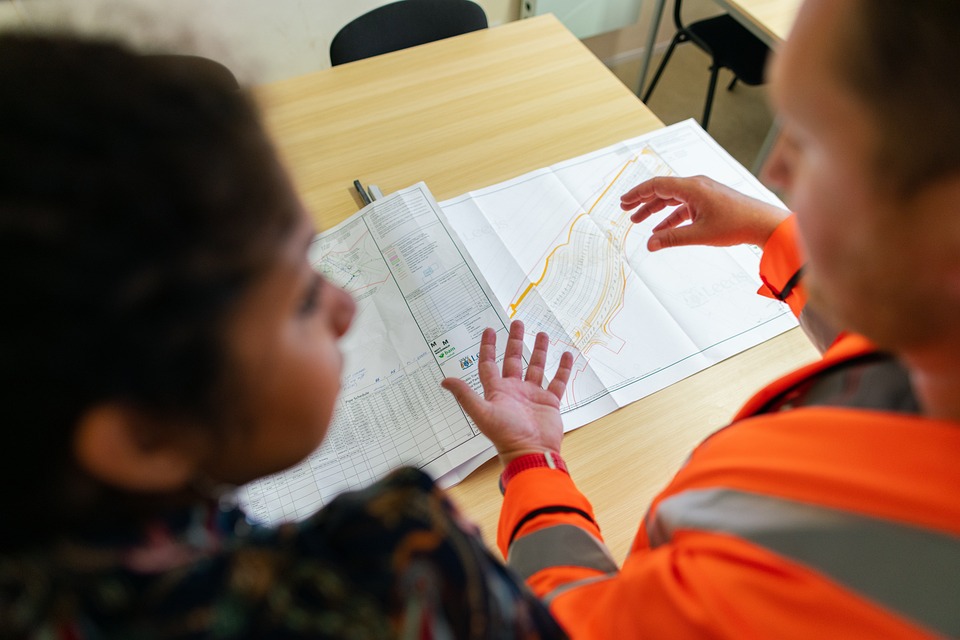The Google SEO Rollercoaster: Your Expert Guide to Navigating Algorithm Updates
Navigating Google’s algorithm updates feels less like a gentle voyage and more like white-water rafting. Core Updates, Helpful Content Updates, Spam Updates—they arrive frequently and reshape the digital landscape overnight. For businesses relying on organic traffic, mastering these shifts isn’t optional; it’s survival. As experts in Google SEO services, we dissect the chaos to equip you with actionable intelligence. Let’s break down recent tremors and their implications.
Why Algorithm Updates Demand Your Attention
Google’s mission—organizing the world’s information—is a dynamic pursuit. Its ~5,000 annual updates (major and minor) target spam, irrelevance, and user experience gaps. Ignoring these shifts risks plummeting rankings, evaporating traffic, and losing revenue. But for the agile? Updates unveil opportunities. They reward quality, intent alignment, and technical excellence—cornerstones of sustainable growth.
Decoding Major Recent Updates
1. Helpful Content System (Ongoing Refinements)
The most transformative force since 2022. Google demotes “search-engine-first” content—surface-level articles chasing keywords without expertise. Its latest tweaks? Aggressive targeting of:
- Syntactic Gibberish: AI-generated sludge with repetitive phrases or unnatural flow.
- Scaled Content Abuse: Mass-produced pages lacking unique value (even with “helpful” intent).
- Parasitic SEO: Low-value pages parasitizing high-authority sites (e.g., subdomains/spammy guest posts).
SEO Impact: Sites relying on templated content saw ~40-70% traffic drops. Winners invested in primary research, EEAT signals (Experience, Expertise, Authoritativeness, Trustworthiness), and user-first depth.
2. March 2024 Core Update (The “Quality Purge”)
This 45-day marathon refined ranking systems to prioritize:
- Authenticity Over Production Value: A well-researched LinkedIn post can outrank a glitzy but shallow Forbes article.
- Serendipitous Discovery: Content solving unstated user needs (e.g., discovering “budget ergonomic chairs” when searching for “back pain tips”).
- Site Authority Dilution Penalties: Thin affiliate sections on otherwise strong sites faced demotions.
SEO Impact: Volatility hit unprecedented levels. Brands with weak EEAT foundations or inconsistent content quality suffered most.
3. Spam Updates (October 2023 – Present)
Google’s war on spam escalated with new classifiers detecting:
- Expired Domain Abuse: Repurposing old domains to hijack SEO equity.
- Cloaked Redirects: Showing users/crawlers different content.
- Obituary Spam: Exploiting high-CPC niches like death notices.
SEO Impact: Manual actions surged. Recovery requires exhaustive backlink audits and content reformatting.
How Updates Reshape Winning SEO Strategies
► Human Expertise as a Ranking Factor
Google’s EEAT framework evolved to EEAT (adding Experience). Highlights:
- First-hand product reviews now outperform aggregated summaries.
- Medical/financial content requires visible author credentials.
- Case studies, original data, and transparent methodologies are non-negotiable.
Action Step: Showcase author bios with LinkedIn links, publications, and awards. Use schema.org Person markup.
► Technical SEO Gets Tactical
Beyond mobile-friendliness, focus shifted to:
- Page Experience Signals: Interaction to Next Paint (INP) replaced First Input Delay (FID) as a Core Web Vital in March 2024.
- Indexing Efficiency: Eliminate orphaned pages, optimize crawl budget.
- Security: Implement HTTP/3, QUIC protocols for faster negotiation.
Action Step: Audit INP using CrUX Dashboard. Prioritize reducing JavaScript execution time.
► Semantic Search Matures
Keyword stuffing is obsolete. Google leverages BERT and MUM to map:
- User Journey Context: Content addressing “awareness, consideration, decision” stages rank holistically.
- Multimodal Intent: Pages combining text, video, and interactive tools gain prominence.
Action Step: Target topic clusters using tools like MarketMuse. Embed explainer videos in 30%+ of blog posts.
Future-Proofing Your SEO: Adaptive Best Practices
- Content Audits → Content Scrutiny
Go beyond broken links. Score pages by:
- EEAT alignment (author credentials, citations)
- Purpose (Does it solve a tangible problem?)
- Uniqueness (Offer unavailable elsewhere)
- Technical SEO as Continuous Hygiene
- Monitor Core Web Vitals weekly (INP < 200ms).
- Fix crawl errors < 24 hours.
- Adopt HTTP/2 or HTTP/3.
- UX = Ranking Fuel
Google tracks:
- Dwell time via Chrome data
- Pogo-sticking (quick back-to-SERP clicks)
- Mobile usability complaints
Use heatmaps (Hotjar) to reduce friction.
- Earn Links Authentically
Outreach is dead for spam. Focus on:
- Data-driven studies (e.g., “2024 Consumer Banking Trust Report”)
- Expert roundups with unique insights
- Tools/calculators earning organic shares
Conclusion: Agility Is the New Authority
Google’s updates aren’t arbitrary—they’re reactions to evolving user expectations. Winning requires shedding outdated tactics (exact-match anchors, keyword density) and embracing EEAT-centric, user-first principles. Reactive firefighting loses to proactive adaptation. By prioritizing demonstrable expertise, seamless UX, and relentless technical precision, your site won’t just survive updates—it’ll leverage them. Stay curious, validate strategies through data, and always optimize for humans first.
FAQs: Google SEO Updates Demystified
Q1: How often does Google update its algorithm?
A: Daily. While major updates (Core, Helpful Content) occur every 2-4 months, minor tweaks happen continually.
Q2: Will AI content get me penalized?
A: Not inherently. Low-value AI content does. Google rewards content satisfying EEAT—whether human- or AI-created. Always edit for expertise, accuracy, and brand voice.
Q3: How long do SEO recovery efforts take post-update?
A: After fixes, 60-120 days is typical. Core Updates roll out over weeks, and reassessment lags. Monitor traffic via GA4 focus segments.
Q4: Are Core Web Vitals still important?
A: Critically. INP (Interaction to Next Paint) became a Core Web Vital in March 2024, joining LCP and CLS. Poor UX sinks rankings.
Q5: How do I know if my site was hit by an update?
A: Use tools like SEMrush Sensor or MozCast. Track traffic dips correlating to confirmed Google update dates.
Q6: Can a strong backlink profile protect against updates?
A: Partially. Links remain vital for authority. But Helpful Content updates prioritize page-level EEAT. Spammy links increase vulnerability.
Q7: Should I recover old content or create new posts after a drop?
A: Audit first. If content is salvageable (strong EEAT potential), optimize it. If irredeemable, create new EEAT-aligned content and 301-redirect old URLs.
Q8: Is technical SEO or content more critical post-updates?
A: They’re symbiotic. Technical errors can block indexing; weak content won’t rank. Prioritize fixes based on severity (e.g., crawling issues > thin content).







